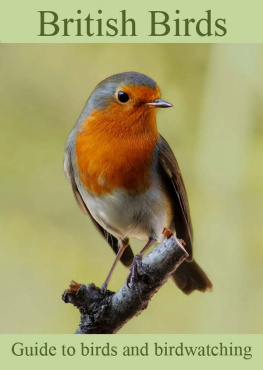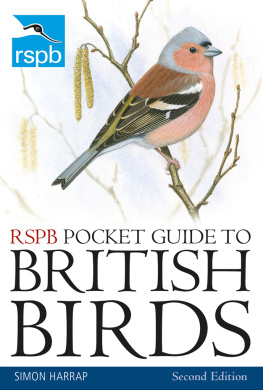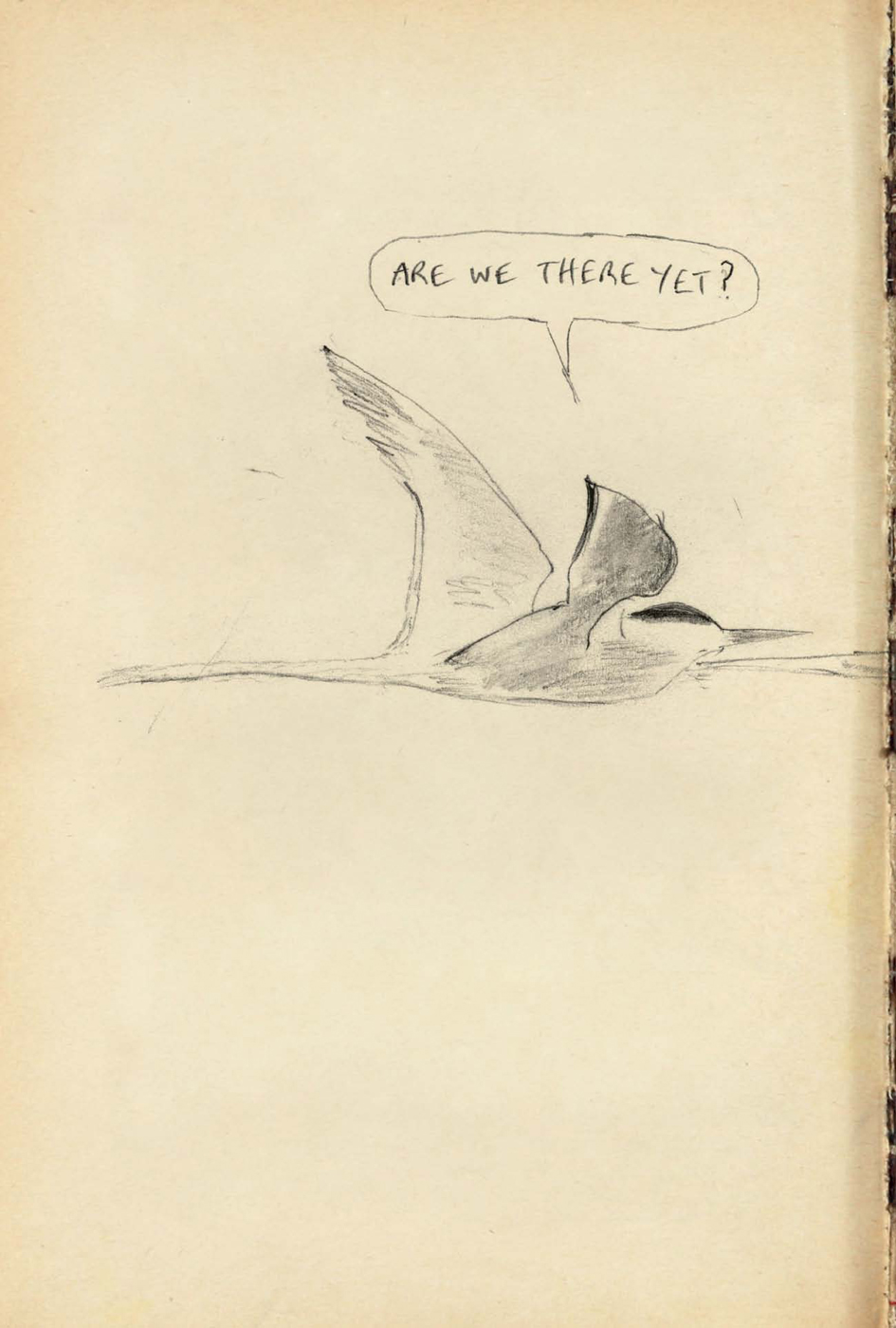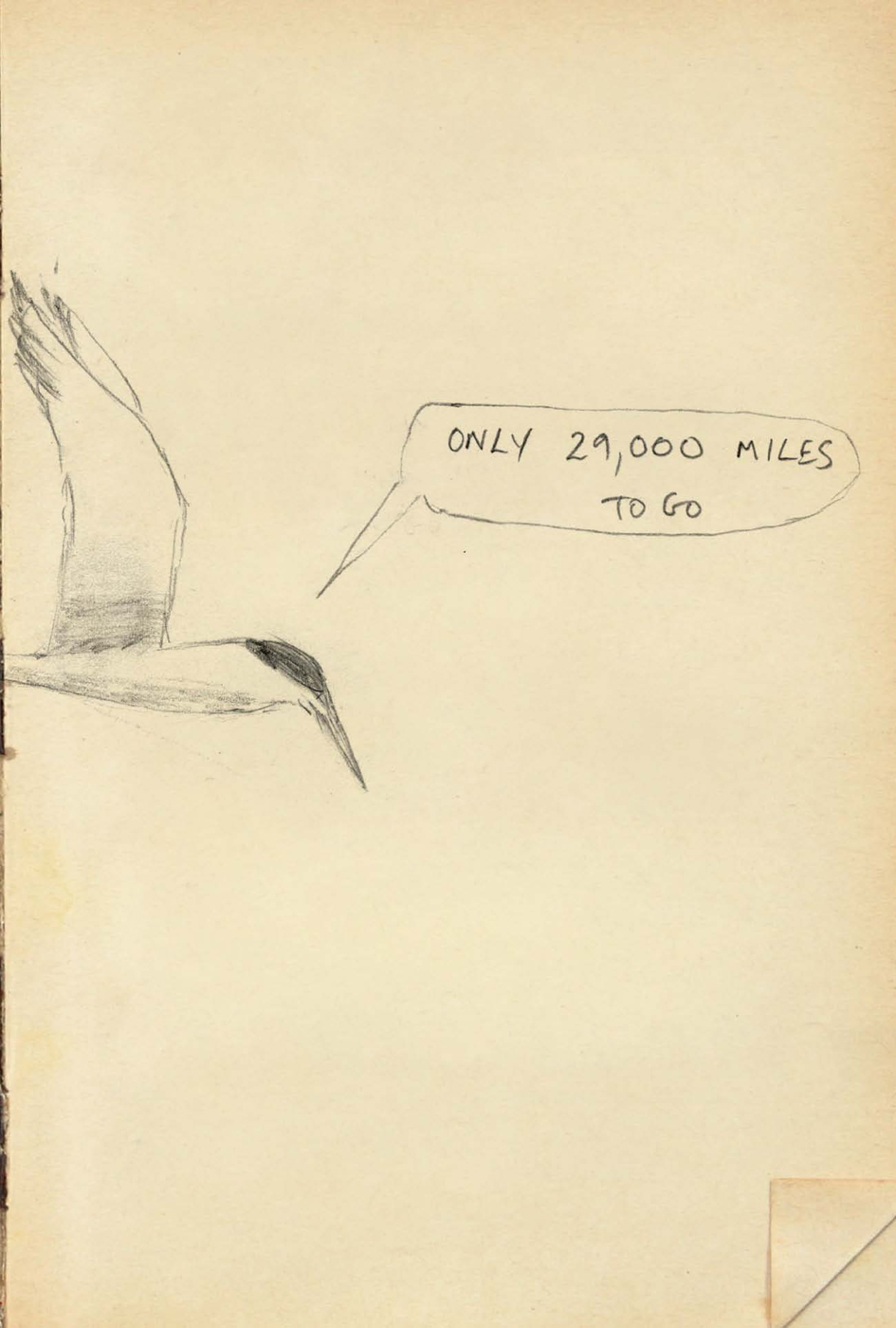Contents
BILL BAILEYs
Remarkable Guide
to British Birds
(pocket version)
BILL BAILEYs
Remarkable Guide
to British Birds
(pocket version)
Written and illustrated by
BILL BAILEY
To my Parents
for instilling in me a love of the Natural World.
Contents
THE BIRDS
Designed by Joe Magee
Introduction
Once during a walking holiday in the jungles of Indonesia,
I asked an old friend, Victor, who has lived in the tropics for
forty years, if there was anything he missed about Britain. 'The
colours,' he said. 'Everything in the tropics is exotic, vivid, in
your face... I miss the muted shades of Britain, the autumn, and
mostly the delicate, subtle colours of British birds.'
It's true, in those latitudes, there is a profusion of
colour, to the point of gaudiness, where the exotic becomes
commonplace. Vic's hankering for drabness stuck in my mind,
and when I got home, I found myself taking another look at
the birds I've grown up watching in my back garden. Every
shade of brown, every heathery hue, sparked off a renewed
appreciation of our own, more dowdy avian companions.
And yet...
The iridescence of a starling, the bright jewel that is a
goldfinch, the tiny flash of electric blue on a jay's wing. Our
native birds still dazzle, albeit in an understated way. Not as
spectacular as a Bird of Paradise perhaps, but just as beautiful,
and a lot easier to see.
This is my scrapbook, of fifty-one of my favourite British
birds. Most of them are fairly common, some less so, but they
all have something remarkable about them.
Birds are all around, and the more you discover them, the
more they will entertain and delight you.
Bill Bailey August 2016

The ARCTIC TERN
This slender and rather beautiful seabird is a migration
marvel.
It's smartly attired, with a bright red bill and feet, a
black cap atop a slate-grey back, the whole outfit finished
off with long tails like trailing streamers. Its delicate
appearance is misleading though, as this is an extreme
endurance bird capable of a globe-spanning voyage.
Recently, an Arctic tern made the headlines with the
longest ever bird migration. A tiny transmitter weighing
about the same as a stick of gum was attached to its
leg and tracked the entire mindboggling journey from
Northumberland to the Antarctic and back. That's a round
trip of 59,650 miles. That's more than twice round the
planet. It took the best part of a year, so it's not like the
BAR-TAILED GODWIT's non-stop marathon (see page
15), but it's still a phenomenal trek.
The Arctic tern is an almost identical twin of the
common tern, which also migrates a huge distance, but
only to West Africa (West Africa? Pfft, that's nothing
compared to the Arctic tern's polar adventure). I say almost
identical, because there are some subtle differences. The
common tern has an orangey-red beak with a black tip,
while the Arctic is pure blood-red, and its tail streamers
are slightly longer. They both tend to fly with their
heads angled downwards, which marks them out against
forward-looking gulls.
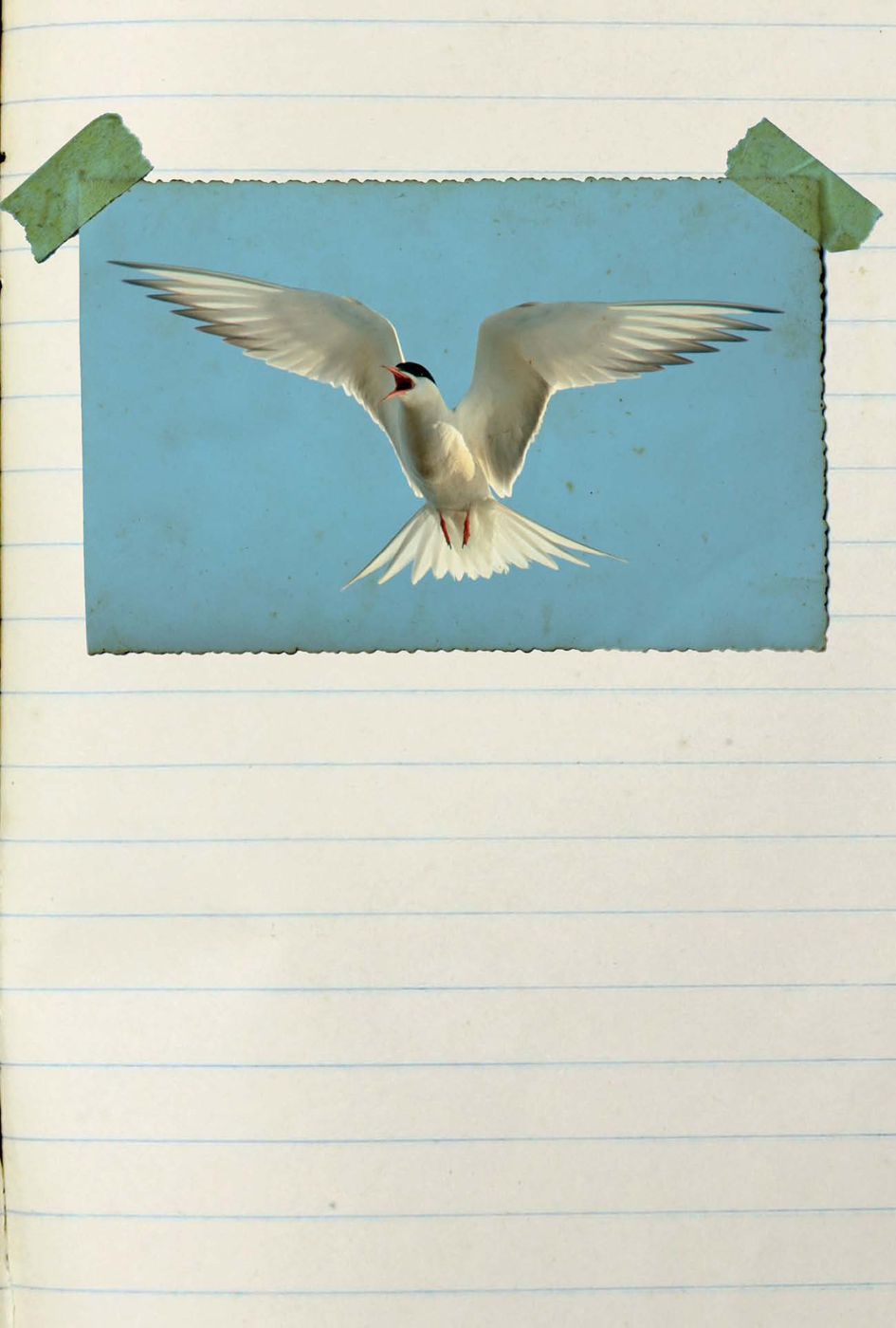
The Arctic terns are mostly found in the north of England,
Ireland and almost all of Scotland with large populations on
Orkney and Shetland. In fact, I remember being in Scapa
Flow one summer, gazing out over this famous shallow bay of
the Orkney Isles. Against a blue sky, a flock of Arctic terns
was dipping down to the surface of the turquoise sea, the
vivid, treeless green of the bay's edge framing the image. I
stood on the shingle beach, watching these black-capped sea
swallows as they flitted and squabbled, their grating calls
bouncing off the gently lapping waves.
As if this scene couldn't be improved, I was then handed
a cup of tea and a caramel wafer. I experienced a moment of
pure happiness.
Bonus fact When flapping
its wings, the Arctic tern has
a faster upstroke, but the
common tern has a faster
downstroke. There you
go, that's my first of many
challenges: if you can tell
them apart from that, then
you are actually some kind of
wizard.
The BAR-TAILED
GODWIT
There are all manner of wading birds with some wonderful
names - sandpipers, redshanks, stilts, plovers, knots,
turnstones, so why pick the bar-tailed godwit? Why not the
golden plover, or even the black-tailed godwit?
Well, it might not look the most exciting of birds, but this
hunched, rather drab-looking wader is actually a world
record holder.
In New Zealand in 2007, many of these birds were
tagged and tracked by satellite all the way to the Yellow
Sea off the east coast of China. The voyage was nearly
seven thousand miles the longest single non-stop migratory
flight of any bird. Around seventy thousand bar-tailed












